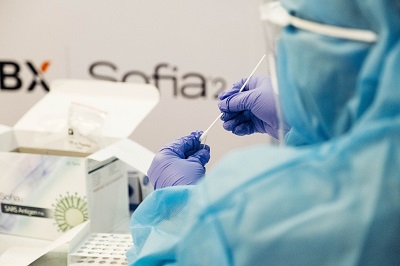The cost and time required for processing Class C medical device registration with the Saudi Food and Drug Authority (SFDA) can vary depending on several factors, such as the complexity of the device, the completeness of the application, and whether additional requirements like inspections or clinical data are needed. Here is a general overview:
1. Cost of Class C Medical Device Registration
The registration fees for medical devices in Saudi Arabia are generally categorized by device class and can include various components, such as application fees, inspection fees (if applicable), and post-market surveillance fees. While specific costs can vary, here’s an estimate for Class C devices:
a. Registration Application Fee
- The registration fee for medical devices is generally tiered based on the device class (Class A, B, C, or D).
- For Class C devices, the registration fee typically ranges from SAR 4,000 to SAR 10,000 (approximately USD 1,000 to USD 2,700), depending on the nature of the device.
b. Additional Fees (if applicable)
- Site Inspection Fees: If the SFDA requires an inspection of the manufacturing site (especially for foreign manufacturers), there could be additional fees for the inspection process. These fees could range from SAR 2,000 to SAR 5,000.
- Post-market Surveillance Fees: Depending on the SFDA’s requirements, there may be fees related to post-market surveillance, adverse event reporting, or product recalls.
- Authorized Representative Fees: If a local authorized representative is required (for foreign manufacturers), there will be additional costs associated with their services, which can range depending on the agreement with the local representative. This cost may vary between USD 3,000 to USD 10,000 annually, depending on the level of support needed.
c. Other Potential Costs
- Consulting Fees: If you choose to hire a regulatory consultant to assist with the registration process, this could add additional costs (typically USD 2,000 to USD 5,000 or more).
- Translation Fees: If documents such as product labeling or instructions for use need to be translated into Arabic, there may be additional costs for professional translation services.
2. Time Required for Processing Class C Medical Device Registration
The timeline for registering a Class C medical device with the SFDA can vary depending on several factors, such as the completeness of your submission, whether additional clinical or technical data is required, and whether inspections are necessary. However, here’s a general timeline:
a. Standard Processing Time
- On average, the registration process for Class C devices typically takes between 3 to 6 months from the submission of the application to receiving approval from the SFDA.
- The review and evaluation process usually takes 2 to 4 months, depending on the complexity of the device and the completeness of the application.
- If the device is relatively simple and all documentation is in order, it could be closer to 3 months.
- For more complex devices requiring additional clinical data, performance data, or risk assessments, the process might take longer, closer to 6 months or more.
b. Delays and Additional Requests
- Additional documentation or clarification: If the SFDA requests additional information or clarification during the review process, this can extend the timeline.
- Manufacturing Site Inspections: If the SFDA requires an on-site inspection of the manufacturing facility, this may add additional time (e.g., 1 to 2 weeks for inspection, plus any time required for follow-up actions).
- Clinical Data Review: If clinical trials or additional performance data are required, this can extend the registration timeline by several months.
c. Post-Market Surveillance and Vigilance
- After the device is registered, the manufacturer is required to comply with post-market surveillance regulations, which includes reporting adverse events and product recalls. This ongoing responsibility does not affect the initial registration time but is important for compliance in the long term.
3. Factors That Can Affect Cost and Time
Several factors can influence the total cost and time required for registration:
- Complexity of the Device: More complex devices (e.g., implants, high-tech diagnostic devices) may require additional testing or clinical data, which can increase both costs and time.
- Regulatory Compliance: If the manufacturer has not already obtained ISO 13485 certification or needs to comply with additional local standards, this may delay the process.
- Inspection Requirements: If the manufacturing site is located outside Saudi Arabia, an inspection of the facility by the SFDA could add several weeks to the timeline.
- Submission Completeness: A well-prepared application with all required documentation can help expedite the process, while incomplete or incorrect submissions can cause delays and additional costs.
Summary
- Cost: The registration fee for Class C devices typically ranges from SAR 4,000 to SAR 10,000 (approximately USD 1,000 to USD 2,700). Additional costs for site inspections, post-market surveillance, and authorized representatives may add to the total cost.
- Time: The registration process generally takes 3 to 6 months. Delays may occur if additional information or inspections are required.
To ensure a smooth process, it's important to submit complete and accurate documentation, respond promptly to any requests from the SFDA, and plan for potential delays, especially if clinical data or site inspections are involved.

Whatsapp or Wechat:+86 15816864648;email address:hito.lin@grzan.cn
.png)
.jpg)
.png)

.png)